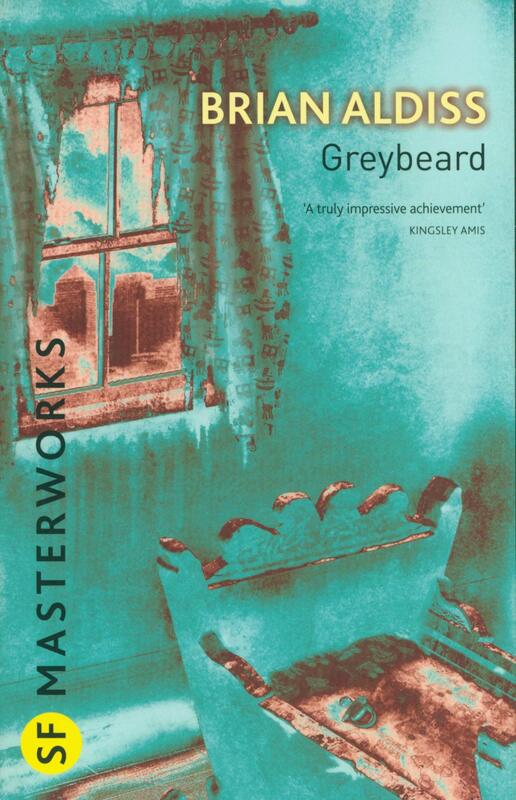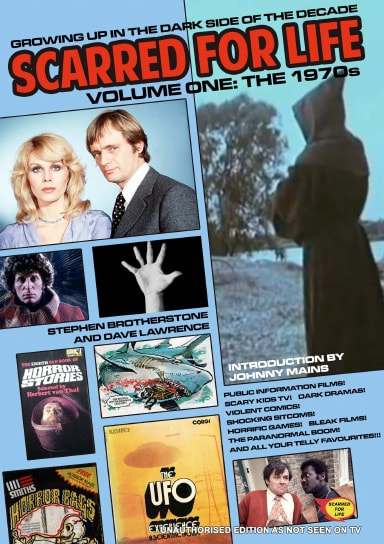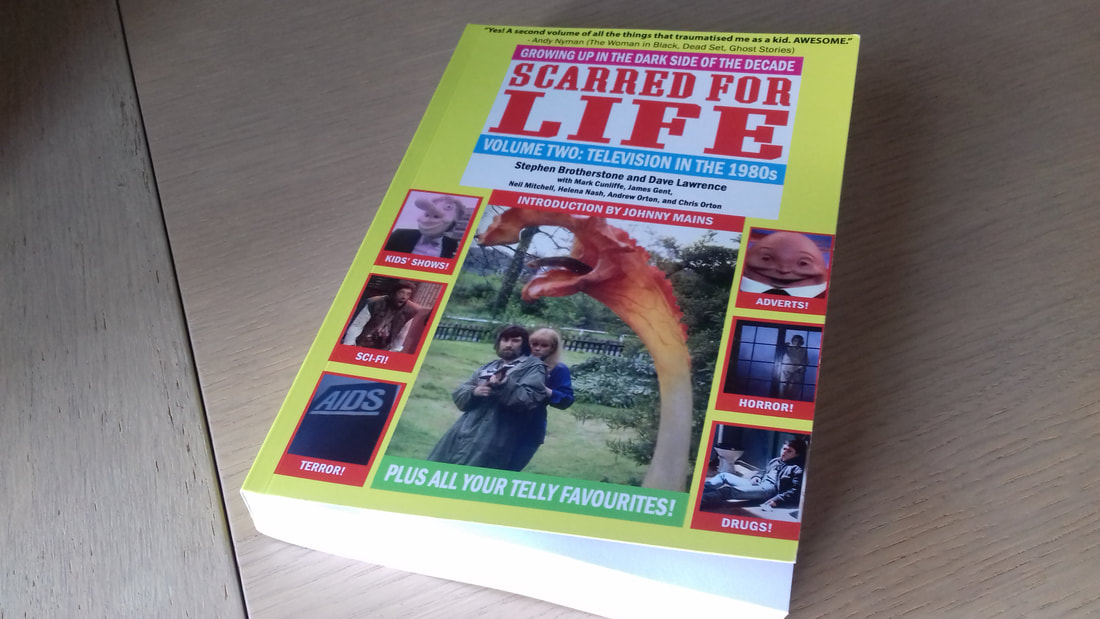|
In the summer of 1962, with his mother recuperating from an illness, young Luke Kirby is sent to stay with his Uncle Elias, (who Luke has never met) in a village called Lunstead. Elias soon reveals himself to be a magician, and he is keen to pass his skills onto his nephew. But as Luke begins his magical apprenticeship, a deadly horror reveals itself… Written by Alan McKenzie, and illustrated by John Ridgway and Steve Parkhouse, Summer Magic: The Complete Journal of Luke Kirby is a collection of tales (originally printed in 2000AD), which coalesce into an overall story arc. The stories are varied, for example: The Night Walker, where Luke must confront a vampire; Sympathy for the Devil, where Luke travels to hell (an unnervingly original version of the underworld) in search of his father; and (possibly my favourite in the book) The Old Straight Track, which delves deep into British mythology and folklore, becoming a memorable folk horror tale infused with paganism, during which Luke—guided by the mysterious alchemist called Zeke— travels through a landscape marked by ley lines, stone circles and long barrows. For me, there are echoes of the work of Alan Garner with the close connection between the landscape and the characters. Summer Magic is a compelling collection, with stories that in places pack a disturbing punch. Throughout the book, the beauty and mystery of the English countryside is beautifully evoked through the writing and the stunning artwork. And beneath that beauty, and within the sleepy streets of the villages and little towns, true horrors lurk… Through all the stories run themes of death, family and horror, and as Luke develops his magical and alchemical skills, he learns that all actions, however well-intentioned, have consequences. Within Summer Magic, there is more than a little sense of the challenging, hard-edged fare of 1970s British cinema and TV (this is definitely a story for the Scarred for Life generation). Summer Magic: The Complete Journal of Luke Kirby is a great collection—a coming-of-age tale but with a 2000AD edge, an excellent example of the dazzling range of creativity that has poured from the comic’s pages over the decades. If you’re read and reread all of the Harry Potter books, or just finished binge-watching series 4 of Stranger Things, you will find much to enjoy in this dose of Summer Magic. If you want to find out more about Summer Magic: The Complete Journal of Luke Kirby, I'd recommend this excellent short introductory video made by 2000AD:
4 Comments
Greybeard is a science fiction novel by the British author Brian Aldiss, published in 1964. In 1981 humans and most mammals were rendered sterile by the ‘Accident’. By 2029, the youngest generation of humans are in their fifties, with no younger generations to follow. With civilisation collapsed, the remaining people eke out an existence in small, fearful communities, knowing humanity’s ultimate demise is close at hand. Greybeard (real name Algy Timberland) and his wife Martha abandon their crumbling settlement and set-off on a boat trip down the Thames, travelling through a landscape changed by the collapse of human civilisation and the resurgence of nature. Along the way Greybeard and Martha encounter other, strange communities, where the inhabitants often fall prey to profiteering hucksters and false prophets seeking to exploit the desperate need for hope in a fallen world. Foremost among such charlatans is the gloriously named Bunny Jingadangelow, who claims to possess the secrets of youth and immortality—when Greybeard and Martha encounter Jingadangelow later in the story, he has elevated himself as a religious figure, the Master, and through a mix of charm, deception and cunning, has gathered loyal followers who treat him like a god. As well as following Greybeard’s and Martha’s journey, flashbacks explore the effects of the self-inflicted ‘Accident’: the war, the descent into anarchy, the disease, the madness. The chapter where Greybeard and Martha encounter local tyrant Peter Croucher I found especially striking and darkly comic, as Croucher tries to enforce a brutal order after the national government in Britain disintegrates—Croucher is power-hungry, humourless and insecure, as witnessed by his fear of intellectuals and his mangled attempts to prove his own intelligence. The rise to power of such a figure in chaotic times is painfully plausible and carries a warning we should all heed.
This is a haunting and sombre book, with a memorable depiction of a slow, quiet but unstoppable human catastrophe. The world of Greybeard is richly described, with a continual and potent contrast between the vigour and fecundity of nature (as it covers over roads and buildings, reoccupying lands previously lost to humans) and the decrepitude of humanity. There is the sense that the rule of humans is but a brief interruption and that nature might in time erase all trace of our species. Despite the bleakness, there are tiny slivers of hope, with rumours and sightings of humanoid beings—for example, the talk of elves and gnomes hiding in the forests—suggesting there might be a future for humanity, albeit one very different from what came before. Exploring themes of aging, death, religion and power, Greybeard is a powerful and thought-provoking novel from a master of science fiction. Book review: Scarred for Life (Volumes One and Two) by Stephen Brotherstone and Dave Lawrence9/8/2022 There’s no doubt some of the popular culture in Britain during the 1970s and 1980s was, well, different; in fact, it was often dark and unnerving, with scary television programmes, frightening films and books, and frankly terrifying Public Information Films (I had few more unnerving viewing experiences in childhood than having to watch Apaches at Primary School)—it is this creepy, unsettling sense that it is captured and discussed perfectly by Volumes One and Two of Scarred for Life. Volume One covers a wide range of subjects: scary television, films, books, the paranormal, games and much, much more. A flavour of what’s discussed includes Doctor Who, Children of the Stones, Folk Horror, Watership Down, 2000AD and the Pan Books of Horror Stories. I could go into far more detail but it’s better to leave it to you to explore as a reader and discover the book’s treasures for yourself. Volume Two is focused on the darker side of 1980s television, and there’s plenty of ground to cover! A couple of personal favourites covered in detail include two excellent BBC adaptations of SF books: the bold (though sadly unfinished) adaptation of John Christopher’s The Tripods and the chilling version of John Wyndham’s The Day of the Triffids (the opening credits alone frightened me as a child!). Volume Two digs deep into topics such as children’s television (how did I not see Knights of God at the time? Sounds exactly like the sort of programme I would have loved then and now!), surreal drama, the impact of Channel 4 and yes, more terrifying Public Information films! As Volume One does with the 1970s, I found that Volume Two, as well as being a fantastic exploration of 1980s popular culture, also gives a vivid sense of what life in Britain was like then, both the good and the bad. Each volume of Scarred for Life goes deep into detail on the many subjects, but don’t think for a minute these are dry reads—the writing throughout is energetic, honest and often funny. Both books are mighty tomes, and as well as being great reads, the suggested viewing section that accompanies many of the chapters sent me off to YouTube to watch various clips and programmes. That writing these books was a labour of love by the authors and other contributors shines through on every page. For me, the first two volumes of Scarred for Life represent independent publishing at its very best; bold, informed and passionate. I can’t recommend both volumes of Scarred for Life enough, and look forward to the publication of volume three. If you want to get hold of Scarred for Life volumes one and two (and if possible, you certainly should), they are available from the links below:
Scarred for Life – Volume one Scarred for Life – Volume two It is also worth following the Scarred for Life account on twitter, both for some great content and for regular discount offers on both books. Happy reading and happy nightmares... |
Archives
October 2023
Categories
All
|




 RSS Feed
RSS Feed